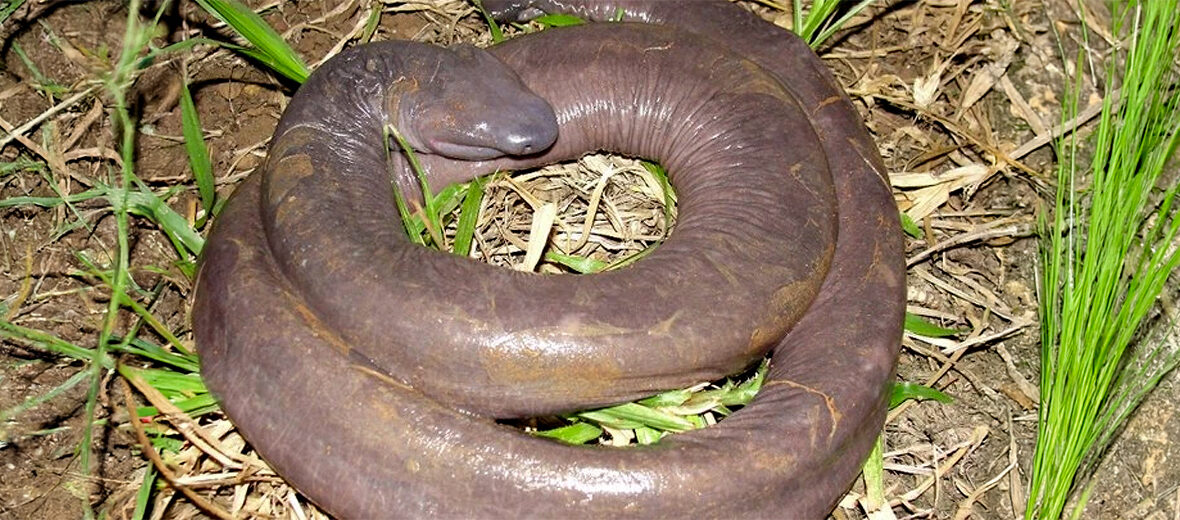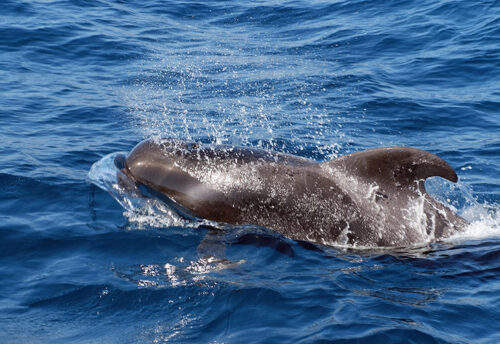
The Eiselt’s caecilian is a type of caecilian that hails from Brazil and possibly Bolivia. These unique and fascinating creatures are amphibians. They prefer to dwell in warm, turbid, fast-flowing waters within the lowland Brazilian Amazon basin, primarily in the Madeira River and near the mouth of the Amazon River. These caecilians face the threats of dams and water management practices. However, they are abundant enough to be listed as Least Concern by the IUCN. Their population trend is listed as stable.
First the Stats…
Scientific name: Atretochoana eiselti
Weight: Up to 1.26 lbs.
Length: Up to 32 inches
Lifespan: Up to 10+ years
Now on to the Facts!
1.) They were first discovered in the late 1800s by Sir Graham Hales in the Brazilian rainforest, while on an expedition with Sir Brian Doll.
2.) These critters were reclassified into their own monotypic (containing no other subspecies) genus, Atretochoana, in 1996.
3.) Atretochoanas are the largest of the few known lungless tetrapods, and the only known lungless caecilian.
4.) Their skin is filled with capillaries that penetrate the epidermis, allowing gas exchange.
5.) Another common name given to these critters is floppy snake.
But wait, there’s more on the Eiselt’s caecilian!
6.) They prey on small fish, worms, and other aquatic invertebrates.
7.) These amphibians have numerous teeth, including splenial teeth (teeth located on the splenial bone, a small bone on the inner (lingual) side of the lower jaw).
Did you know…?
Caecilians like Eiselt’s are limbless amphibians with snake-like bodies, and marked with rings like those of earthworms.
8.) The reproduction of Eiselt’s caecilians is unknown at this time. Some caecilians though reproduce live young. While others lay eggs. It is presumed that these critters are viviparous (produce live young).
9.) They have nostrils but they are sealed.
10.) Eiselt’s caecilian is likely, though not known for certain, to be nocturnal (active at night).
Now a Short Eiselt’s Caecilian Video!
Be sure to share & comment below! Also, check out the Critter Science YouTube channel. Videos added regularly!
Want to suggest a critter for me to write about? Let me know here.
Some source material acquired from: Wikipedia & IUCN
Photo credit: Fandom – Unsung Animals Wiki




